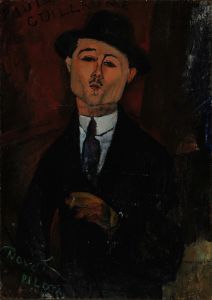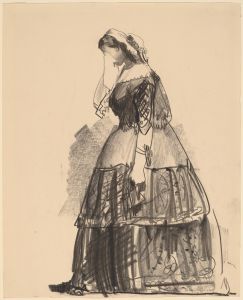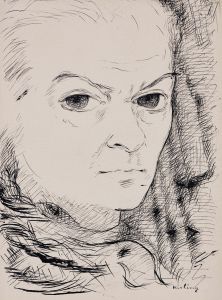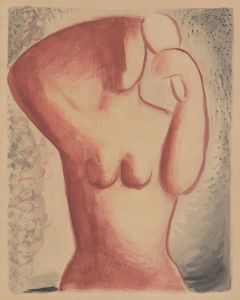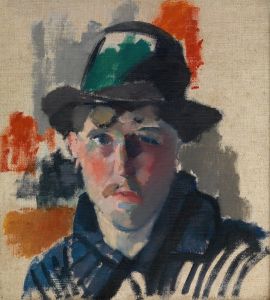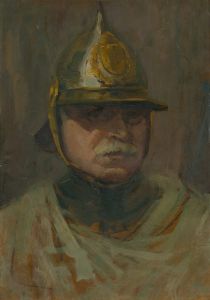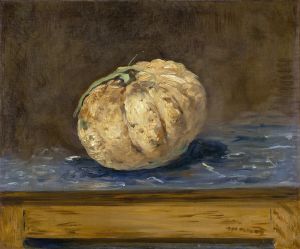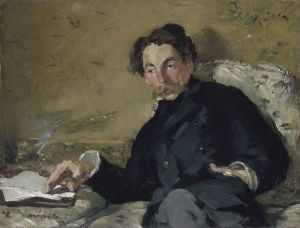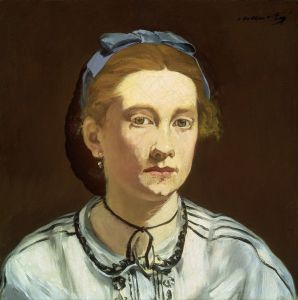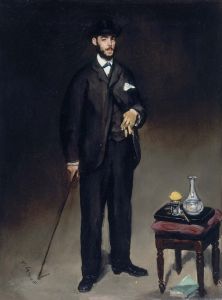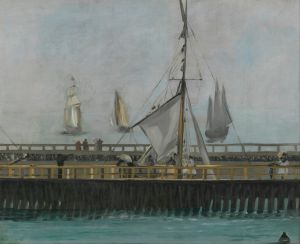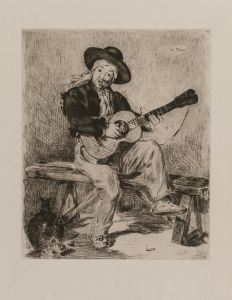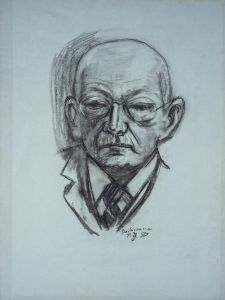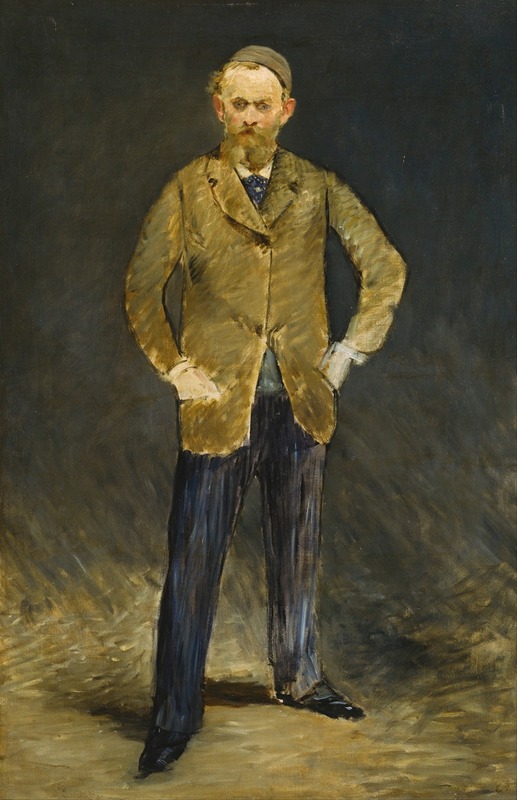
Self-Portrait
A hand-painted replica of Édouard Manet’s masterpiece Self-Portrait, meticulously crafted by professional artists to capture the true essence of the original. Each piece is created with museum-quality canvas and rare mineral pigments, carefully painted by experienced artists with delicate brushstrokes and rich, layered colors to perfectly recreate the texture of the original artwork. Unlike machine-printed reproductions, this hand-painted version brings the painting to life, infused with the artist’s emotions and skill in every stroke. Whether for personal collection or home decoration, it instantly elevates the artistic atmosphere of any space.
Édouard Manet's "Self-Portrait" is a significant work in the oeuvre of the French painter, who is often regarded as a pivotal figure in the transition from Realism to Impressionism. This painting, created around 1878-1879, is one of the few self-portraits Manet produced during his career. The work is notable for its introspective quality and the insight it provides into the artist's self-perception and technique.
In this self-portrait, Manet presents himself in a three-quarter view, dressed in a dark suit with a bow tie, and holding a palette and brushes, which clearly identify him as an artist. The background is relatively plain, which serves to focus attention on Manet's face and upper body. His expression is calm and composed, yet there is a sense of introspection and perhaps a hint of melancholy in his eyes. The use of light and shadow in the painting is subtle, highlighting the contours of his face and the texture of his clothing.
Manet's technique in this self-portrait is characteristic of his broader style, which often involved loose brushwork and a focus on capturing the essence of his subjects rather than minute details. The painting exhibits a blend of realism and impressionistic touches, particularly in the handling of light and the fluidity of the brushstrokes. This approach reflects Manet's position at the crossroads of two major art movements of the 19th century.
The "Self-Portrait" is housed in the Bridgestone Museum of Art in Tokyo, Japan. It is part of the museum's extensive collection of Western art, which includes works from the Renaissance to the modern era. The painting is a valuable piece in understanding Manet's artistic journey and his personal reflections during a period when he was gaining recognition and facing critical scrutiny.
Manet's self-portraits are relatively rare, making this work particularly important for art historians and enthusiasts. It provides a personal glimpse into the artist's life and his view of himself during a time when he was both celebrated and controversial. Manet's contributions to art were significant, as he challenged traditional techniques and subjects, paving the way for future generations of artists.
Overall, Édouard Manet's "Self-Portrait" is a compelling work that encapsulates the artist's skill, his innovative approach to painting, and his introspective nature. It remains a testament to his enduring legacy in the world of art.





